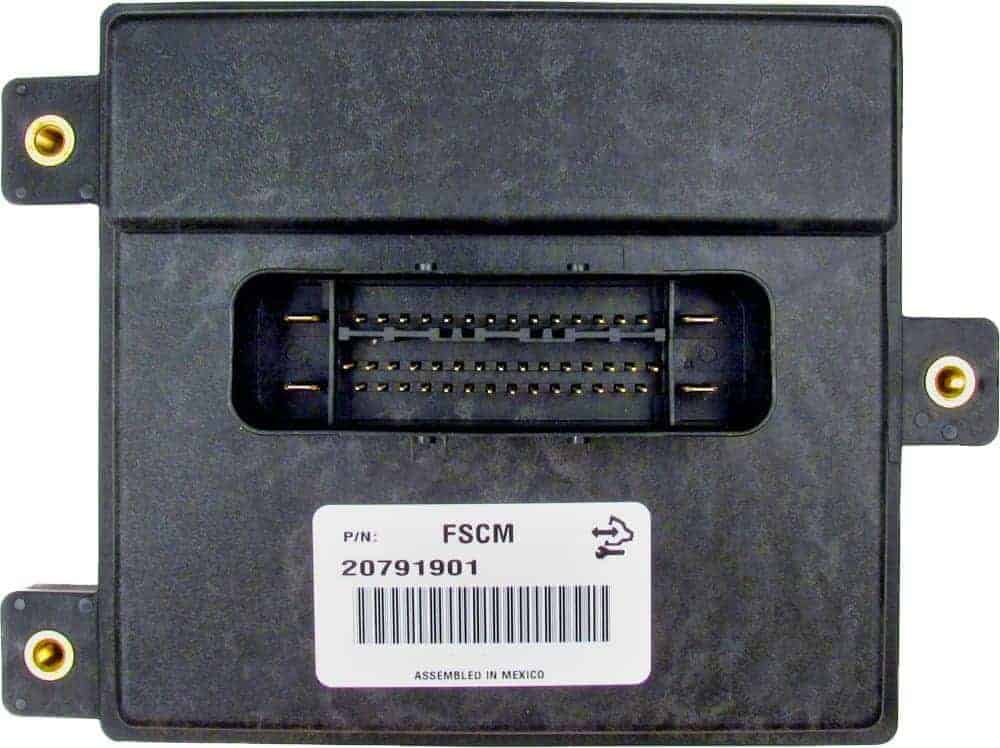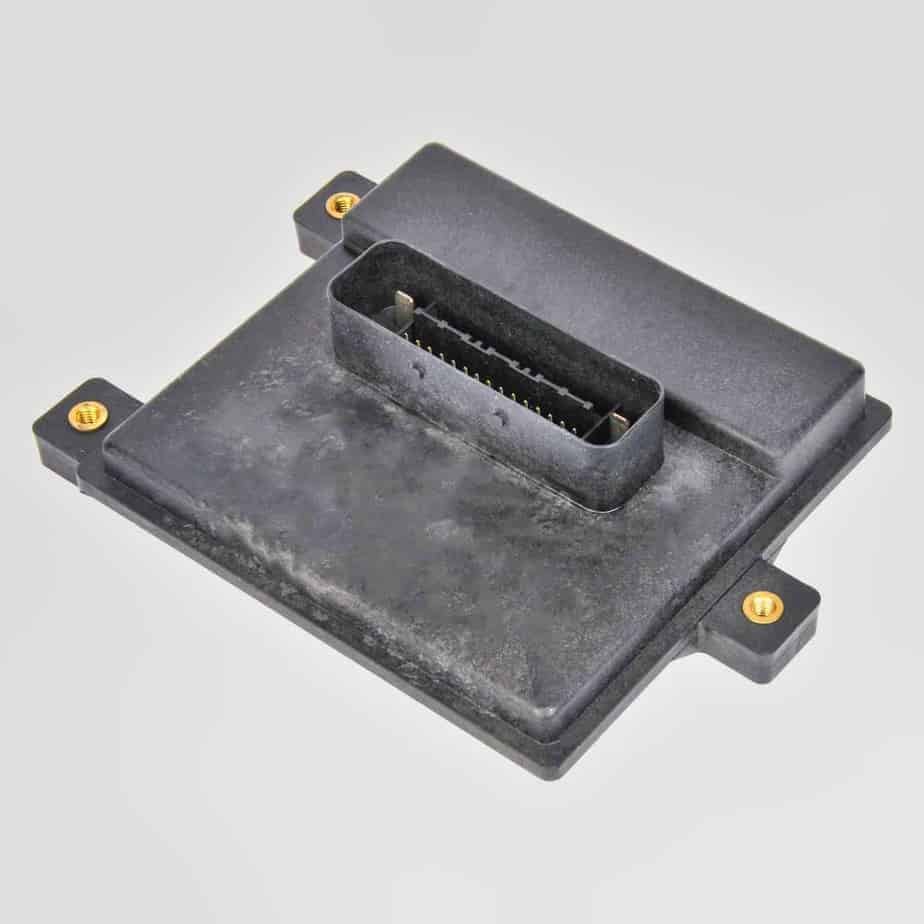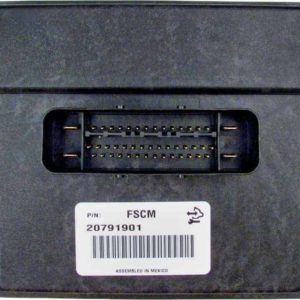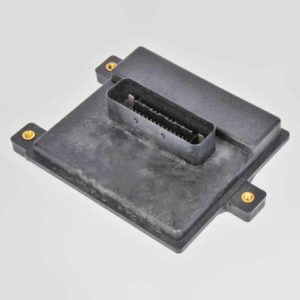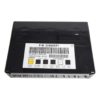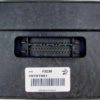Is Your GM Truck or SUV Stalling, Hesitating, or Refusing to Start?
You turn the key, the engine cranks, but it just won’t fire up. Or maybe it starts, but then sputters and dies on your way to work. If you’re seeing a check engine light with code P069E, you’re not alone. These are classic signs of a failing Fuel System Control Module (FSCM), a critical component that acts as the brain for your fuel pump.
A customer’s 2011 Silverado 1500 came into my shop last week with these exact symptoms. He’d already replaced the fuel pump, thinking that was the issue, but the problem persisted. After a quick scan, the P069E code pointed me directly to the FSCM. On many of these trucks and SUVs, the module is mounted to the frame rail, exposed to years of road salt, water, and vibration. This exposure leads to internal corrosion and eventual failure, leaving you stranded.
The Easiest, Most Reliable Fix: A VIN-Programmed Module
Don’t waste time and money on a trip to the dealership. This is a genuine GM Fuel Control Module that we program specifically for your vehicle before it ever leaves our facility. You provide us with your Vehicle Identification Number (VIN) during checkout, and our certified technicians will flash the module with the latest, most stable software directly from GM. This ensures perfect communication with your vehicle’s computer systems and restores factory performance and fuel efficiency.
Why is VIN Programming So Important?
Simply installing a used or non-programmed module won’t work. Your vehicle’s security and engine management systems will reject it, and the engine won’t start. Our pre-programming service makes this a true plug-and-play solution, saving you the diagnostic fees and programming labor costs at a repair shop or dealer, which can often exceed the price of the part itself.
Symptoms of a Failing Fuel System Control Module:
- ✔ Engine cranks but will not start
- ✔ Vehicle stalls unexpectedly while driving
- ✔ Reduced engine power and poor acceleration
- ✔ Check Engine Light with codes like P069E, P0230, or U0109
- ✔ Inconsistent fuel gauge readings
Expert Pro Tip: Check Your Connections
Before installing your new module, take a moment to inspect the vehicle-side electrical connector. Due to its location on the frame, this connector is a magnet for moisture and dirt. I’ve seen countless repairs where a new module failed to solve the problem because of corroded pins in the harness connector. Use a small wire brush and some quality electrical contact cleaner to ensure the terminals are bright and clean for a solid, lasting connection.
Plug-and-Play Installation: No Dealer Visit Required
Replacing the FSCM is a straightforward job for a DIYer with basic tools. While the exact location varies slightly by model (check your service manual), it’s typically found on the driver’s side frame rail or near the rear crossmember.
- Safety First: Disconnect the negative battery terminal.
- Locate the Module: Find the old FSCM, usually a small silver box mounted to the frame.
- Disconnect and Remove: Unplug the electrical connector(s) and unbolt the module from its mounting bracket.
- Install the New Module: Bolt your new, pre-programmed module into place and securely plug in the connector.
- Final Steps: Reconnect the battery terminal. The vehicle is now ready to start.
Guaranteed Compatibility
This module is a direct replacement for a wide range of 2010-2012 GM vehicles and interchanges with the following part numbers: 20791901, 20827745, 20877116, and 20850927. Please use the fitment chart to confirm this is the correct part for your specific year, make, and model.
